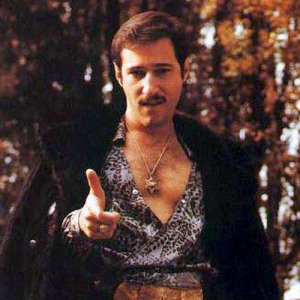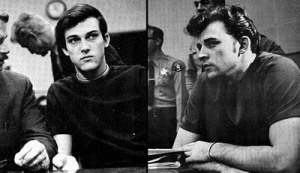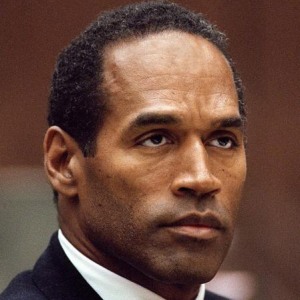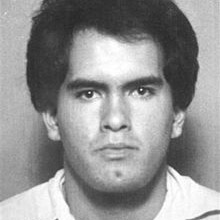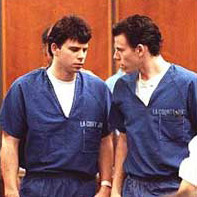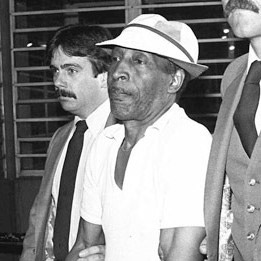Post 2.645
Titanic photo shows evidence of human remains

A newly released photo from the North Atlantic site of the shipwrecked RMS Titanic shows evidence of human remains, federal officials are saying.
In observance of the 100th anniversary of the ship’s sinking, a 2004 image was reissued to the public in an uncropped version, which shows a coat and boots buried in the mud at the site two-and-a-half miles below the ocean’s surface, where the legendary passenger liner now lies.
Word of the new photo caused Yahoo! searches to surge on “titanic remains,” “real titanic pictures underwater,” and “titanic may hold passengers.”
Dr. James P. Delgado, the director of the Maritime Heritage Museum at the National Oceanic and Atmosphere Administration told Yahoo News over the phone that the way the boots are placed together makes a “compelling case” that they belonged to a body.

This photo provided by the Institute for Exploration, Center for Archaeological Oceanography/University of Rhode Island/NOAA Office of Ocean Exploration, shows The remains of a coat and boots, articulated in the mud on the sea bed near Titanic’s stern, are suggestive evidence of where a victim of the disaster came to rest. (AP Photo/Institute for Exploration, Center for Archaeological Oceanography/University of Rhode Island/NOAA Office of Ocean Exploration)
The scientist, who was responsible for mapping the shipwreck during a 2010 expedition for NOAA, says that the image was rereleased in its full form (it was originally published to show only one boot) to serve as a reminder that the ship is an “underwater resting place” and needs to be better protected and respected.
The newly published image was first reported by the New York Times—which also noted that not all Titanic experts agree there are bodies at the site of the wreckage, first discovered in 1985. James Cameron, who directed the movie “Titanic,” and has explored the site multiple times, said he’s never seen human remains: “We’ve seen shoes. We’ve seen pairs of shoes, which would strongly suggest there was a body there at one point. But we’ve never seen any human remains.”

This photo provided by the Institute for Exploration, Center for Archaeological Oceanography/University of Rhode Island/NOAA Office of Ocean Exploration, shows a pair of shoes, lying in close proximity, are, while the visible remains of the victim have disappeared, suggestive evidence of where a victim of the Titanic disaster came to rest. (AP Photo/Institute for Exploration, Center for Archaeological Oceanography/University of Rhode Island/NOAA Office of Ocean Exploration)
Delgado said that the issue is more one of “semantics.” The researcher said of Cameron, “He’s seen the pairs of shoes and clothing that’s down there, and so when he sees that, perhaps he’s not seeing what we see as archeologists.” He added, “When I see shoes together I see someone who came to rest.” Delgado added that when Titanic finder Robert Ballard first showed the photo in 2004, “the room went silent.” He said the explorers who looked at it could tell it had once been a lost soul from the ship.
A bill introduced by Sen. John Kerry would amend the Titanic Maritime Memorial Act of 1986 to protect the wreck from salvage and intrusive research. But since the ocean liner sank in international waters after hitting an iceberg on April 14, 1912, there are limits to what the U.S. can do.
One thing that is in Delgado’s power: to raise awareness of the undersea site, which he believes should be treated as a museum—and as hallowed ground. Noting that many of the ship’s passengers were on their way to the U.S. to become American citizens, he said,”There are some places that are so special we should take a different approach. “






















